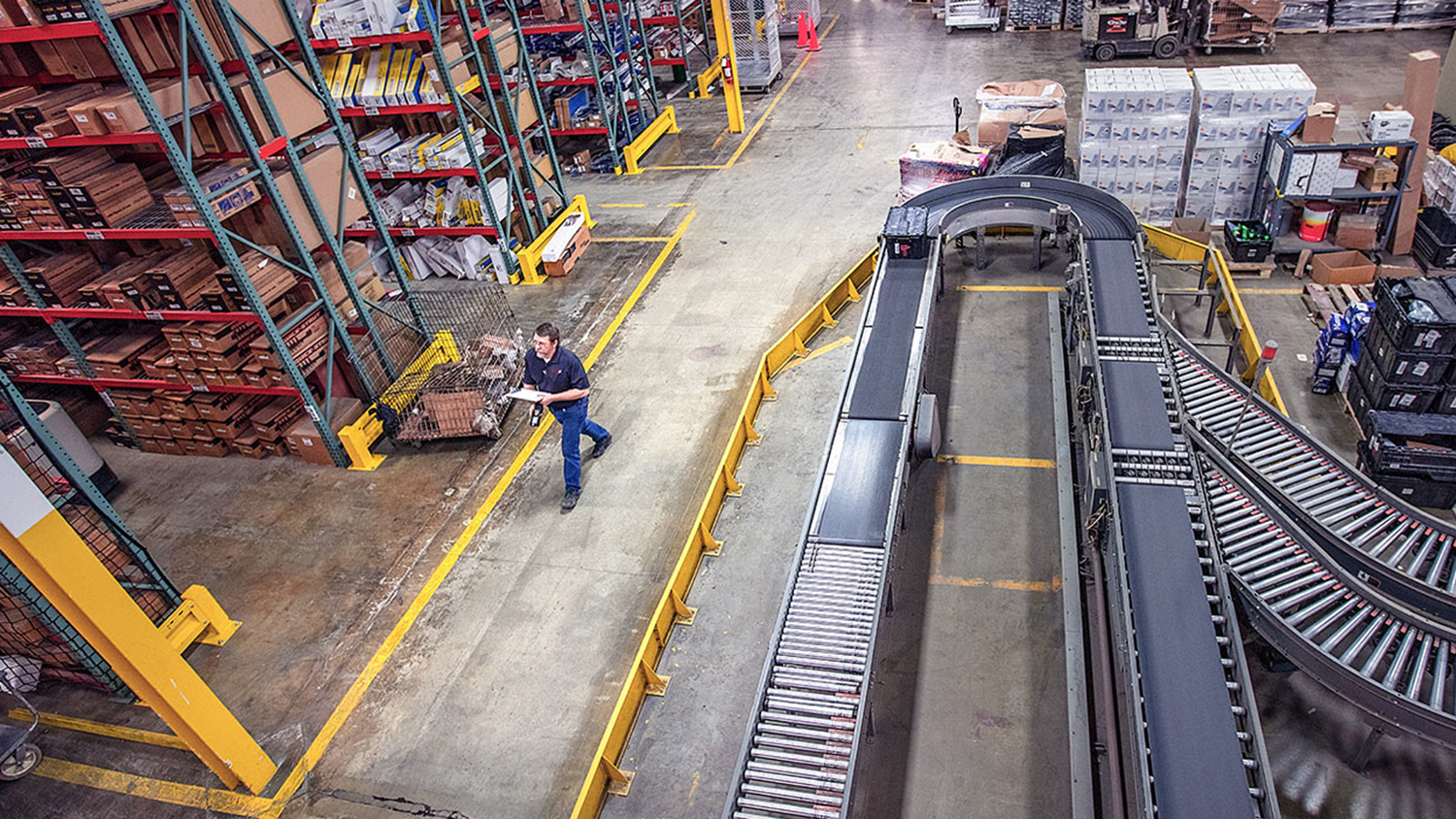Podcast: Volcanoes


Arianna Soldati, a volcanologist and assistant professor of marine, earth and atmospheric sciences, explains what volcanoes do and what it feels like to get up close and personal with a lava flow.
Volcanoes form in places where the plates that make up the earth’s crust come together or drift apart. That’s because these are the places where the earth’s mantle can melt and become magma.
It is actually really, really difficult for magma to get all the way to the surface and into a volcano and then onto the surface of our planet where we can see it.
There are about 500 active volcanoes on earth right now, and at any given time about 20 of them are erupting. Volcanologists use seismometers, GPS signals and gas composition measurements in order to try and predict eruptions.
Soldati often has to retrieve lava samples from active volcanoes to study. “Being close to one, it’s a multi-sensorial experience really,” she says. “The heat is the first thing that you feel. I mean, it’s incredible.
The first time I saw a lava flow, I was doing field work and I did sampling and I wanted to have a picture taken in front of the lava flow. And there’s this picture of me smiling in front of the flow, but I’m actually in horrible pain from the heat coming at my back.
“The other thing that’s interesting is the clinky sound it makes. Lava really is volcanic glass.”
But Soldati’s favorite thing about volcanoes is their ability to create land.
“Volcanoes are the only geologic phenomenon that can actually expand our land borders and give us new land to work on,” she says. “And it’s amazing to be the first person to walk on a fresh lava flow, because that is literally earth that was not there up until the day before. So in a way, volcanoes are really the last frontier of human exploration because they push the boundaries of what is there for us to explore.”


